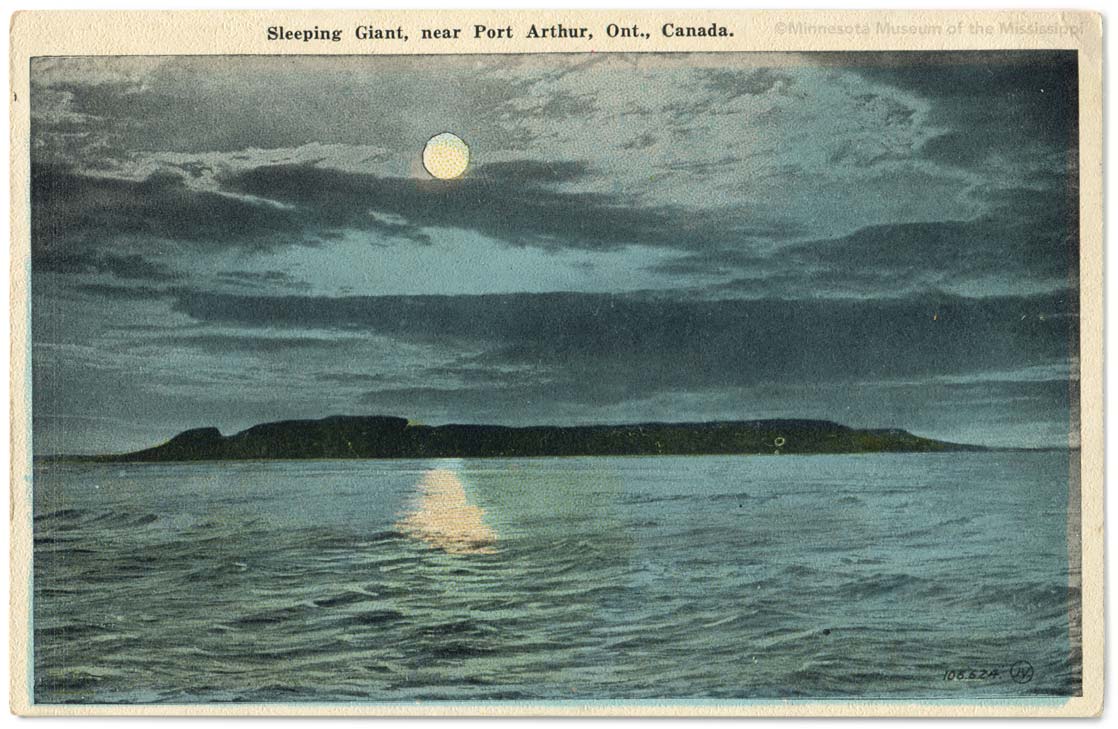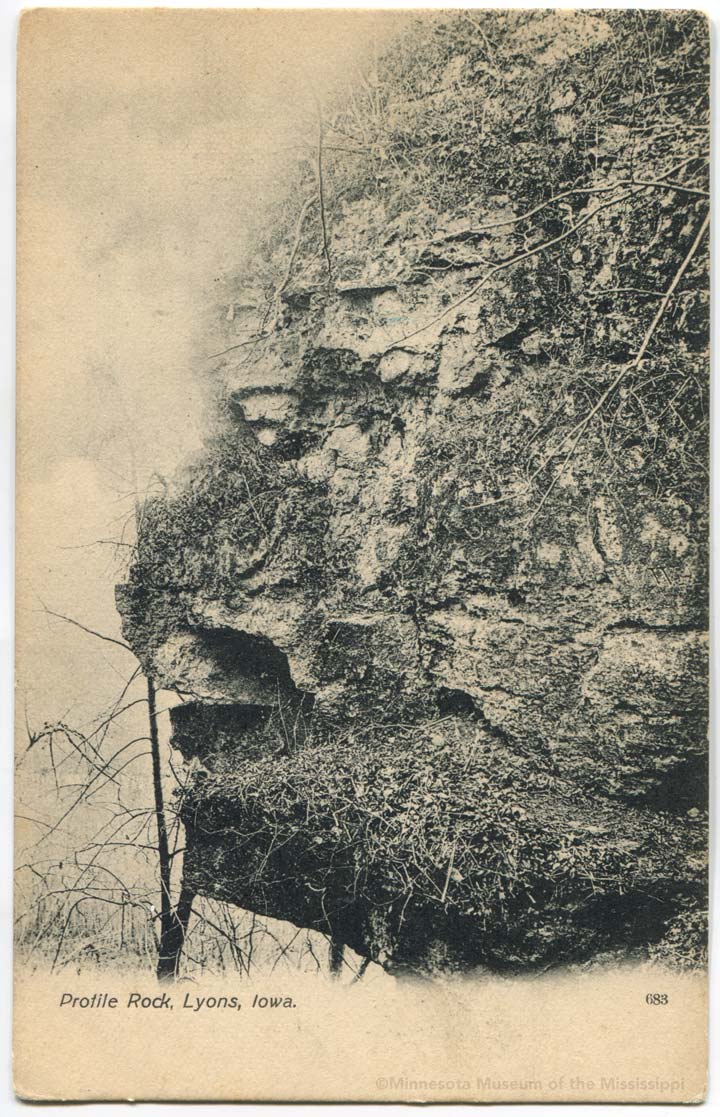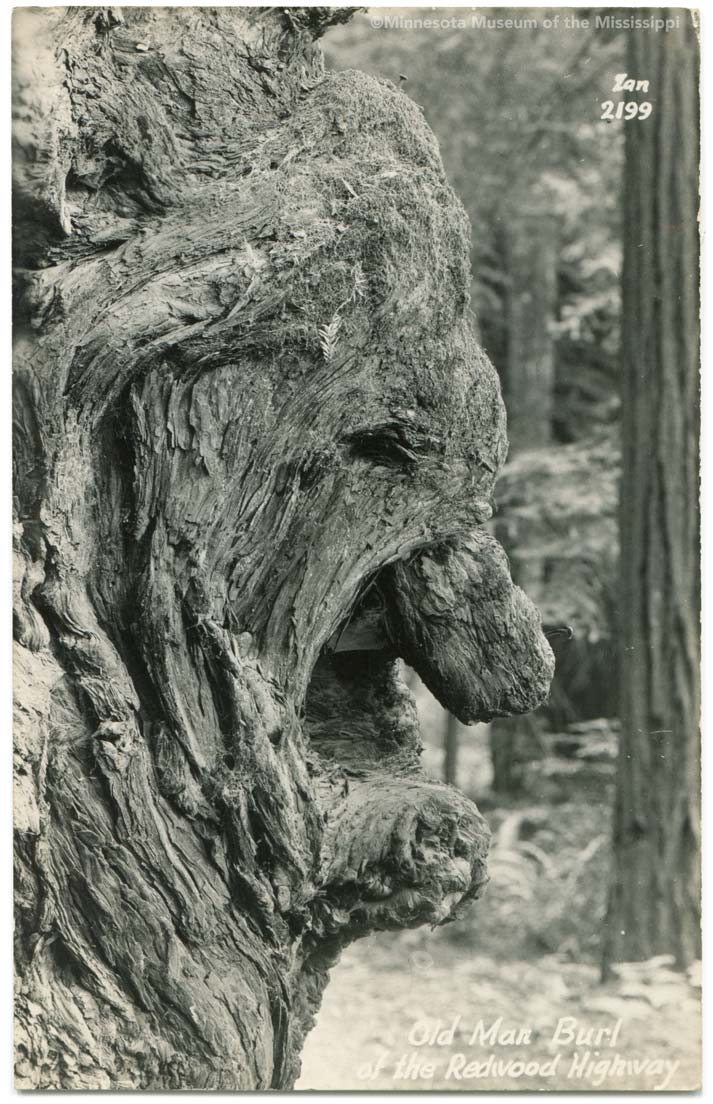Long ago these wonders were revered and understood to be clues to the parallel natures of the animal and mineral worlds. Stone figures were seen as relics of past transformations between flesh and stone, or as rare glimpses of the rich flora and fauna living under the earth — as a surfacing whale gives us a momentary view of the world hidden under the sea. In ancient days, the boundaries between these realms had not yet hardened, and life flowed freely between humans, animals, plants and stones.
In the alchemical philosophy of the Rennaisance, this fluid web of life uniting all kingdoms was theorized as the Doctrine of Signatures, a belief that the similarity of outward forms of things implied a shared inner character. The careful observer might discern these marks or signatures of relationships between the disparate objects of the natural world, and paying attention to them meant a deeper understanding of the workings of that world.
 |
Stones have life, they can suffer illness, old age, and death. When cut, stones can grow. Stones cover themselves with figures. According to Alberti, nature had carved Solomon's seal on a stone found in a field near Verona, as if with a ruler. At Freiburg, a stone 'of alabandite' bore the image of monkeys. At Anneburg, 'another stone of alabandite' had the shape of a cross. In the forest on the Hercynian mountains (Erzgebirge), gold spots on rocks create such varied shapes as "a sea perch, a salamander, a rooster, a bearded head, and the Virgin and Child.... Similarly, in Lake Alsatia, near the Misnesis Mountains, figures of frogs and fish, in copper, have been found drawn upon the surface of stones." — Jurgis Baltrusaitis, Aberrations |
 |
Certainly we are hard-wired to look for face images around us. As infants one of our first skills is to recognize the faces of our parents. Unconsciously, the eyes and brain interpret the raw sensations of the outer environment into expected patterns in order to manage the new information and make it easier for interpretation or reaction. Sometimes the mind is too eager to assign meaning to some hasty glimpse and we may see familiar faces, or ghosts, where we later realize there is only fog. The credulous observer never questions the definition quickly assigned to these vague stimuli, while the skeptic discounts all such visions as meaningless nonsense. The stone faces seem to lie somewhere between these extremes: they are easily and undeniable recognizable as faces, but their meaning and message is unclear.
The psychological phenomenon known as pareidolia describes our brain's remarkable ability to identify patterns in the midst of random data. Sometimes these flashes of recognition can occur from scant information, such as the faint voices which can be discovered and interpreted on static-filled radio stations and musical recordings played backwards. Or hurried peripheral glimpses of strangers in a crowd that the imagination supposes are familiar faces. In other instances devoting our full attention to random patterns such as clouds or textured surfaces provides a playful game of picking out believable shapes and defined images. Like a Rorschach inkblot test, perhaps the images we find say more about the viewer than about the object itself.



